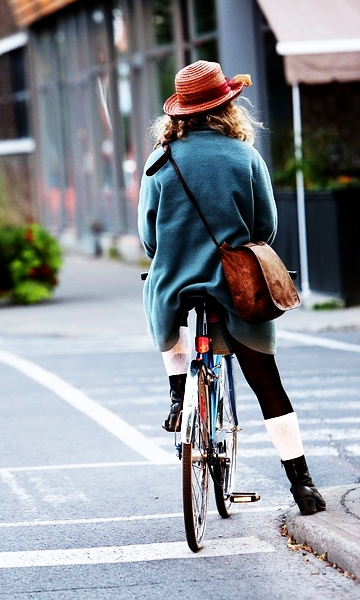In preparation for the
Mobility Week in September, Brussels Mobility invites all Brussels residents to reflect on their travel habits and to test the 'greenest' means of transport this summer.
As a tool, Brussels Mobility has developed a calculator in collaboration with Brussels Environment to measure the impact of mobility on air quality.
Which pollutants are we talking about?
Fine particles: these dust particles, which are invisible to the naked eye, penetrate into the pulmonary alveolus, affect the airways and cause shortness of breath and overcharge the heart, causing cardiovascular and respiratory risks and affecting pregnant women and young children, and can lead to neurodegenerative diseases such as Alzheimer's, dementia and certain types of cancer.
There are six measurement stations which measure the particulate matter concentrations in Brussels. Many of them represent values that exceed the threshold values recommended by the World Health Organization, namely:
- In 2018 the annual threshold of 20 μg / m³ was exceeded in 1/3 of the measuring stations, the highest average annual concentration was 27 μg / m³ in Haren.
- The daily threshold of 50 μg / m³ was exceeded more than 3 times in all measuring stations.
Gases such as nitrogen dioxide: in Brussels, road traffic is responsible for 69% of these emissions. The harmful gases that we regularly inhale include ozone, benzene, black carbon (soot emitted during a combustion reaction), carbon monoxide, sulfur dioxide ...
A calculator to measure the impact of movements
To enable Brussels residents to discover their impact on Brussels air quality according to their daily movements and habits, Brussels Mobility, in collaboration with Brussels Environment, developed an online calculator that can be consulted at
www.mobilmix.brussels.
This simple tool can tell you if you are part of the solution or the problem ... Depending on you results, you will get some tips, too!
For more info or tips to reduce your ecological footprint, please click
here.
